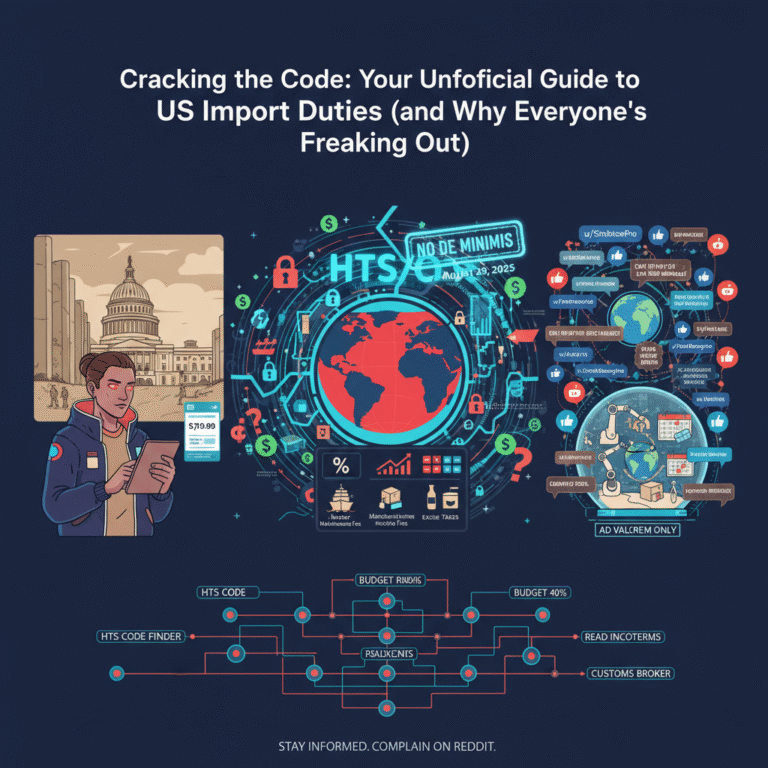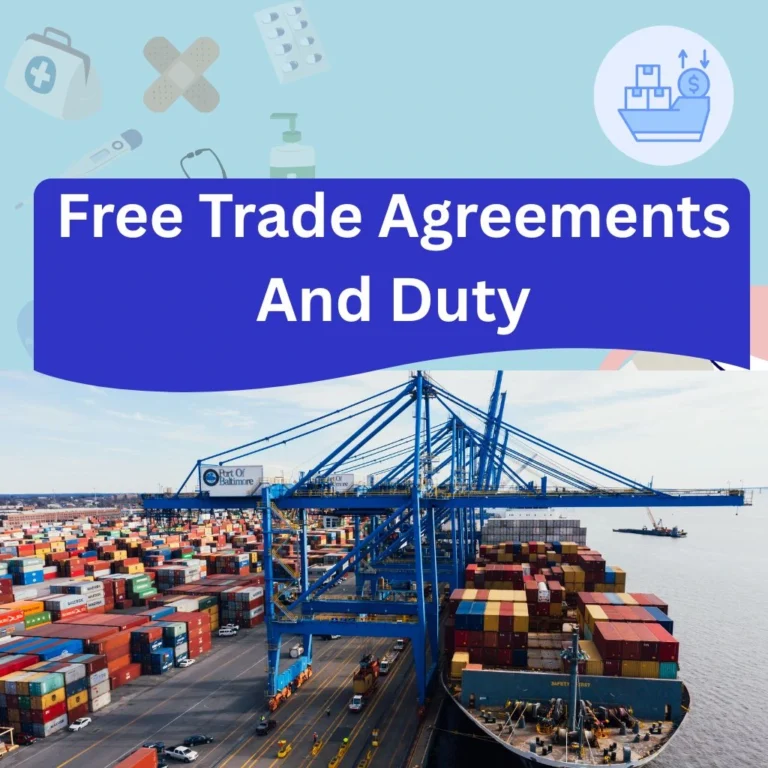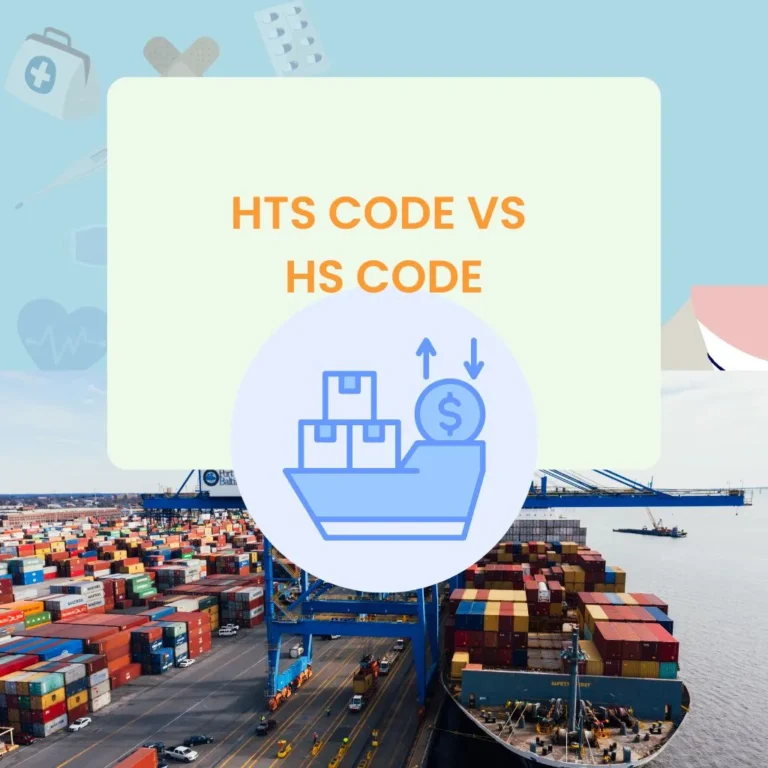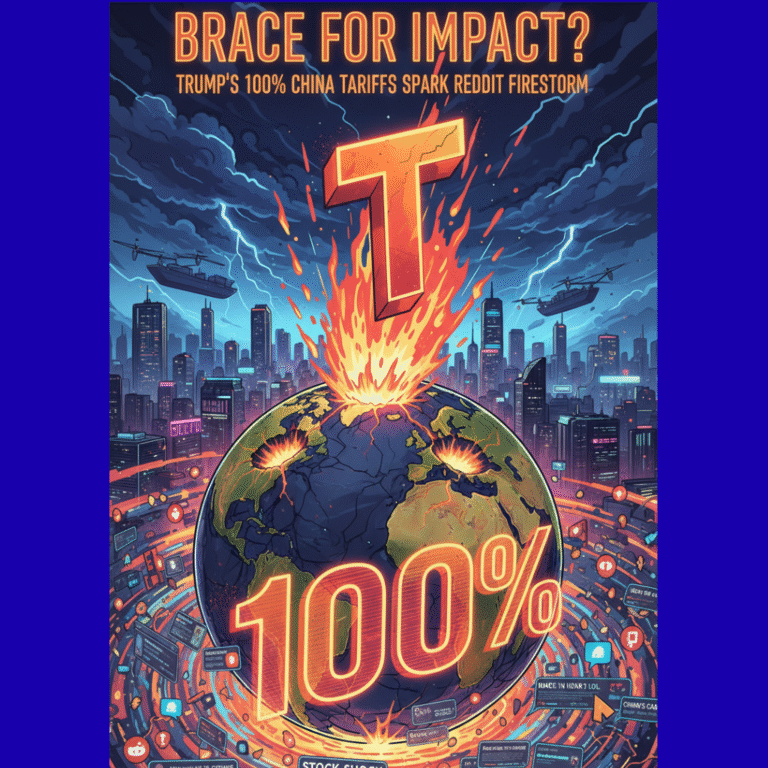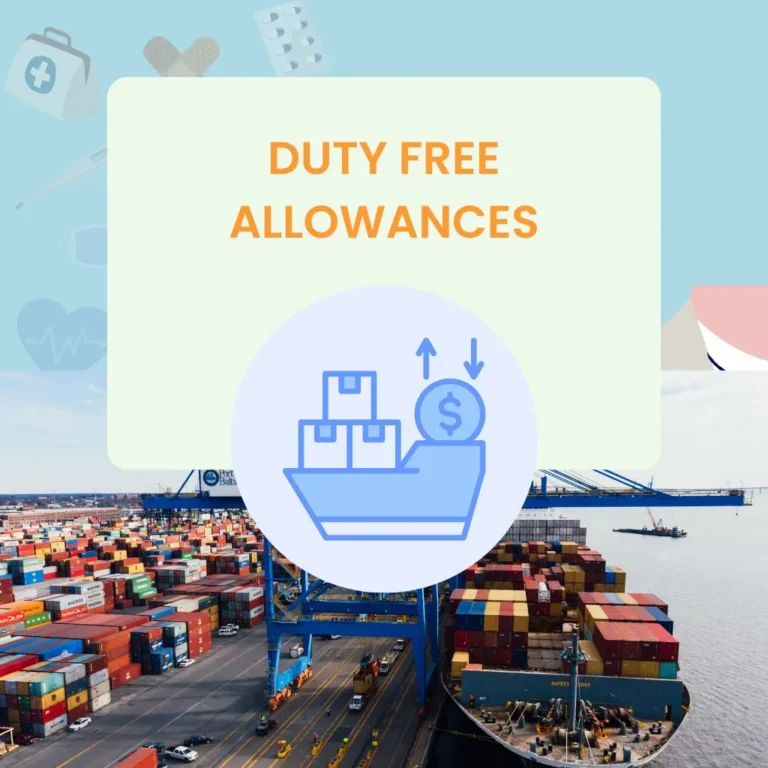Customs Clearance Process Explained
Customs clearance is the official process that allows goods to enter or leave a country legally. It involves verifying import/export documents, calculating duties, and ensuring compliance with local regulations. For importers, exporters, freight forwarders, or online sellers, understanding how customs clearance works is essential to avoid delays, fines, or shipment holds.
This guide explains what customs clearance involves, how long it takes, and what documents and inspections may be required.
TOC
Table of Contents
What is customs clearance
Customs clearance is the official procedure through which a shipment is reviewed and approved by a country’s border or customs authority before the goods can legally enter (or leave) its territory. In effect, it is the stage where duties, taxes, product classifications, inspections and trade-regulation checks converge.
Imagine a secured airport checkpoint, but for your goods: documents are checked, values are verified, tax is assessed, and only once everything aligns does the cargo receive the “green light” to proceed. Many logistics guides highlight this step as key in ensuring legal compliance and supply-chain reliability.
Customs clearance touches several important areas: regulatory compliance (ensuring shipments adhere to import/export laws), financial settlement (duties, VAT/GST, and fees), and operational flow (release of goods, transport to consignee, inventory systems).
Why the customs clearance process matters
Avoiding the customs clearance step is impossible if you want to move goods legally across borders. But beyond that mandate, clearance impacts multiple business objectives:
- Revenue collection: Governments depend on import duties and taxes collected at clearance to fund budgets and enforce trade policy.
- Trade facilitation: Smooth clearance means faster delivery, lower storage and demurrage fees, and improved customer service.
- Risk management: Incorrect documentation, misclassification, or undeclared goods can lead to delays, inspections or even seizures.
- Supply-chain visibility: For CRM systems tracking order status, clearance represents a key milestone—often the gap between “shipped” and “delivered”.
Competitor guides emphasise that shipments “in the warehouse waiting for customs” or “held pending duty payment” are among the largest sources of supply-chain disruption.
How the customs clearance process works
While details vary by country, transport mode (sea, air, land), or type of goods (commercial, personal, samples), the general flow remains consistent. Here’s a structurally clear breakdown tailored for integration with CRM workflows or logistics dashboards.
Step one: Pre-arrival / documentation
Before your goods physically arrive at a port or border, documentation must often be submitted. Items needed include:
- Commercial invoice: Product description, value, buyer/seller, payment terms.
- Packing list: Items, quantity, packaging, weights and dimensions.
- Bill of Lading (sea) or Air Waybill (air) or equivalent proof of carriage.
- Import declaration or entry summary form (for local customs).
- HS code or tariff classification: For duty rate determination (e.g., Harmonized System code).
- Certificate of origin: When duty reductions or trade-agreements apply.
- Import licence, permit or special clearance (if goods are controlled).
Submitting accurate, complete documentation early improves automation, lowers risk of inspection and speeds release. Many guides note that improper documentation is a leading cause of delay.
Step two: Customs assessment and classification
Once the documents are filed and the shipment arrives (or pre-arrival filing is accepted), the customs authority assesses:
- Tariff classification: Using HS/HTS codes to determine duty rate.
- Customs value: Often CIF (Cost + Insurance + Freight) or another accepted valuation method.
- Origin: To determine if preferential duty under trade agreements applies.
- Compliance: Confirm whether goods meet national import regulations (e.g., hazardous goods, restricted items).
At this stage, your import, logistics or CRM system should register a “Duty due” or “Assessment pending” status, so the finance team knows payment will be required.
Step three: Duty, taxes & fee payment
After assessment, the importer (or their agent/broker) pays duties, any excise taxes, VAT/GST (if applicable), and other clearance fees. Payment is often required before the release of goods.
Some countries allow deferred payment for approved importers. Many automation systems allow the status to update once payment is confirmed.
Step four: Inspection, verification & risk check
Not every shipment is physically inspected. Customs uses risk-based models to decide whether to open containers, scan shipments or routing goods for special handling. Factors that raise risk include: high value, unusual commodity, first-time importer, or mismatch in documentation.
When inspection occurs, delays increase. Good CRM/logistics systems flag “Inspection by customs” as a separate milestone so operations teams understand hold reasons.
Step five: Release and final delivery
Once duties are paid, documentation cleared and inspections passed (if any), customs issues a release notice. The carrier or freight forwarder then moves the goods to the final consignee.
In a CRM or operations dashboard, this is where “Customs cleared – awaiting pickup” status shifts to “In transit to consignee” or “Delivered”.
Step six: Post-clearance audit and record-keeping
Even after goods are released, many jurisdictions permit customs audits within a set timeframe (commonly 2–5 years). Importers must retain documentation, classification decisions, payment records and proof of release. Poor record-keeping often leads to fines later.
How long does customs clearance take
Timing varies significantly depending on mode of transport, destination country, commodity type, ISR filings (pre-arrival), and completeness of documentation. Some benchmarks:
- Air freight: 24-48 hours typical if documentation is correct.
- Sea freight: 2-7 days typical in many major ports.
- Courier/express shipments (eCommerce): same-day to 48 hours in many cases.
- High-value, restricted, or flagged shipments: may take 7-14 days (or more) when inspection required.
Platforms handling U.S. customs point out that air shipments often clear within hours if filings are done in advance; sea shipments have longer windows and greater potential for backlog. Freight Amigo
From a CRM perspective, you should build buffer time into delivery estimates based on mode, origin country and commodity risk.
What documents are needed for customs clearance
The documentation remains consistent across many jurisdictions, although names vary. Here are the most common:
- Commercial invoice
- Packing list
- Bill of Lading / Air Waybill / Rail Waybill / Truck Manifest
- Import/export declaration form
- HS code tariff schedule or classification documentation
- Certificate of origin or preferential origin documentation
- Import licences or permits (for controlled goods)
- Insurance certificate (if value requires)
- Agency clearances (e.g., food safety, pharmaceuticals) when applicable
For CRM systems, each of these document types should be linked to the shipment ID, and automated reminders set for missing documents. Competitor guides emphasize that missing paperwork is the #1 cause of delays.
Do customs check all goods
No. Customs agencies use risk-based targeting. That means many shipments pass purely on the documentation check (documentary clearance). Only a percentage are selected for physical inspection or scanner check.
Factors that increase the likelihood of inspection:
- Goods from high-risk origin countries
- Misaligned or vague documentation
- High value or unusual commodity codes
- First-time importers or new suppliers
- Controlled or restricted items
Competitor sites suggest that even though inspection is not guaranteed, all processes must assume it might happen. Being prepared with documentation, accurate HS codes and compliant packaging gives you the advantage.
Tips to streamline the customs clearance process
Inspired by best-in-class guides, here are actionable tips you can apply now, tie into your CRM or logistics workflows, and monitor via KPIs.
- Pre-file documentation and data early. The earlier carrier, forwarder or customs broker has your invoice, packing list and HS code, the quicker the clearance.
- Use correct HS codes and classification. Misclassification is one of the most common causes of duty re-calculation, penalties or hold-ups.
- Pair your documentation with your CRM or WMS so workflows flag missing items.
- Choose a credible customs broker with strong communication. They should show status updates (e.g., “Entry filed”, “Duty assessed”, “Inspection pending”).
- Build buffer time into shipping estimates: mode, origin, commodity risk and customs clearance hold all add.
- Monitor KPIs such as average clearance time, number of inspected shipments, demurrage cost, days of cargo inventory at port.
- Keep records for audit readiness. Many countries permit audits years after clearance, so ensure documents are stored and indexed.
- Automate shipment status updates in your CRM (e.g., “Customs clearance in progress”, “Customs released”, “Delivered to warehouse”) – transparency improves customer experience.
FAQs: Customs Clearance Process
What is customs clearance?
Customs clearance is the legal process of approving goods for import or export after verifying documents and paying duties and taxes.
How long does customs clearance take?
Typically 1–3 days for air freight and up to 7 days for sea freight. Delays may occur if inspections are required or documents are incomplete.
What documents are required for customs?
Key documents include a commercial invoice, packing list, bill of lading, HS code, import declaration, and certificate of origin. Some goods may need licenses or inspection certificates.
Does customs inspect every shipment?
No. Risk-based screening is used. Low-risk shipments often clear automatically, but high-risk or first-time imports may be flagged for inspection.
Can customs clearance be done electronically?
Yes. Many countries offer digital customs systems (e.g., NACCS in Japan, ACE in the U.S.) that streamline declarations and reduce processing times.
Who handles customs clearance for businesses?
Licensed customs brokers or freight forwarders often manage the process, ensuring documentation, compliance, and timely delivery.



